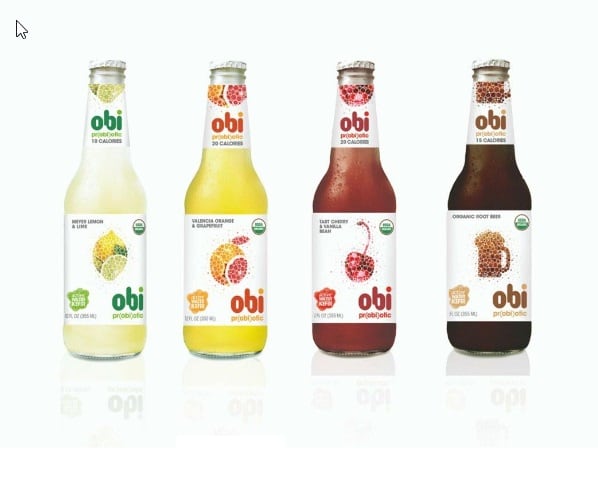The global probiotics ingredient market is worth approximately $2bn in 2017, with the market growing at a compound annual growth rate (CAGR) of 7.7% annually through 2025, according to Packaged Facts’ Probiotics and Prebiotics: Food and Beverage New Product Trends report, citing numbers from Grand View Research.
In the US, the number of products promoting probiotic content shot up from fewer than 100 in 2002 to nearly 1,800 in 2016, with the bulk of new product launches coming from North America.
“A Packaged Facts National Consumer Survey in June 2017 of 2,000 US adults found that nearly a fourth (23%) specifically look for foods and beverages with high amounts of probiotics or prebiotics,” according to the report. These numbers, however, are still much lower than those for more established nutritional priorities, such as high protein or fiber.
What Millennials want
Buyers of probiotic food and beverages skew towards the 18-34 age group, the survey found—32% of Millennials indicated interest in these products, compared to 26% for 35-44-year-olds, and 12% of the 55+ age group, which mirrors interest in functional foods in general.
The share is higher when respondents were isolated by whether they shop in the natural channel (41%), which Packaged Facts described as “The most significant retail sector for food and nutritional trends.”
The cutting edge categories: From soup to beer
The research firm categorizes products into three phases: Cutting Edge, when a product is in its infancy; Taking Root, when a product is proving itself to have legs; and Going Mainstream, which means a product is gaining wider adaption or perceived to be familiar.

An example of the latter are yogurt drinks, juices, frozen desserts, and kombucha. As the novelty may wear off, product designers and consumers alike are venturing to new types of probiotic delivery, including drinking vinegars and probiotic cheese.
Then there’s a plethora in the ‘Cutting Edge’ category, which Packaged Facts said still lacks sales track record to designate as trends, but proof enough that probiotic fortification is emerging as a “hotbead for innovation.”
Products in this group include breads and baking mixes, kvas (an Eastern European ‘bread soda’), and meal shakes and protein powders.
“Given the core importance of gut health, this suggests continued potential for growth of probiotic- and prebiotic-containing foods, as consumers continue to learn more about them and next-generation products make their case in the market,” said David Sprinkle, research director at Packaged Facts.
